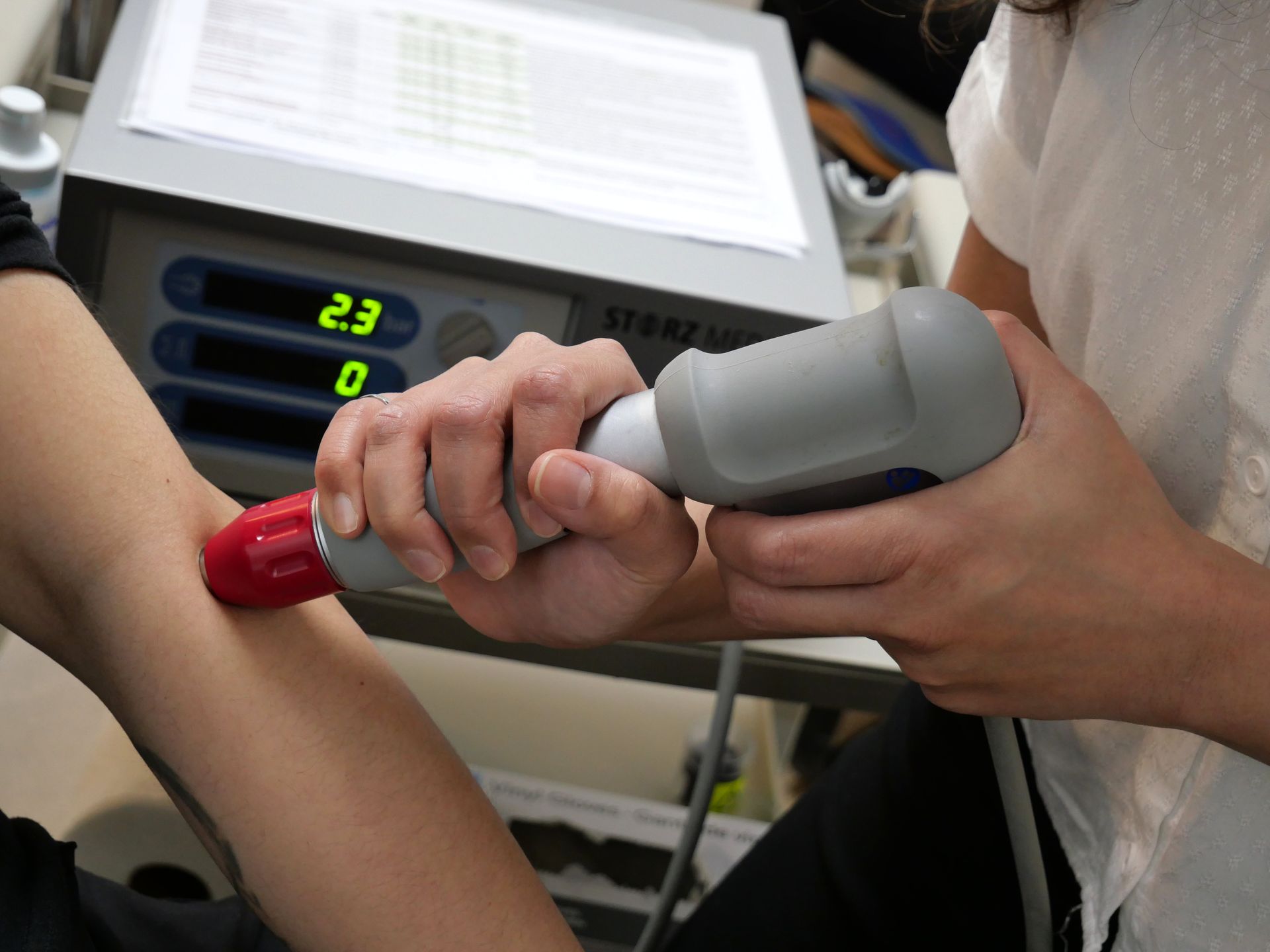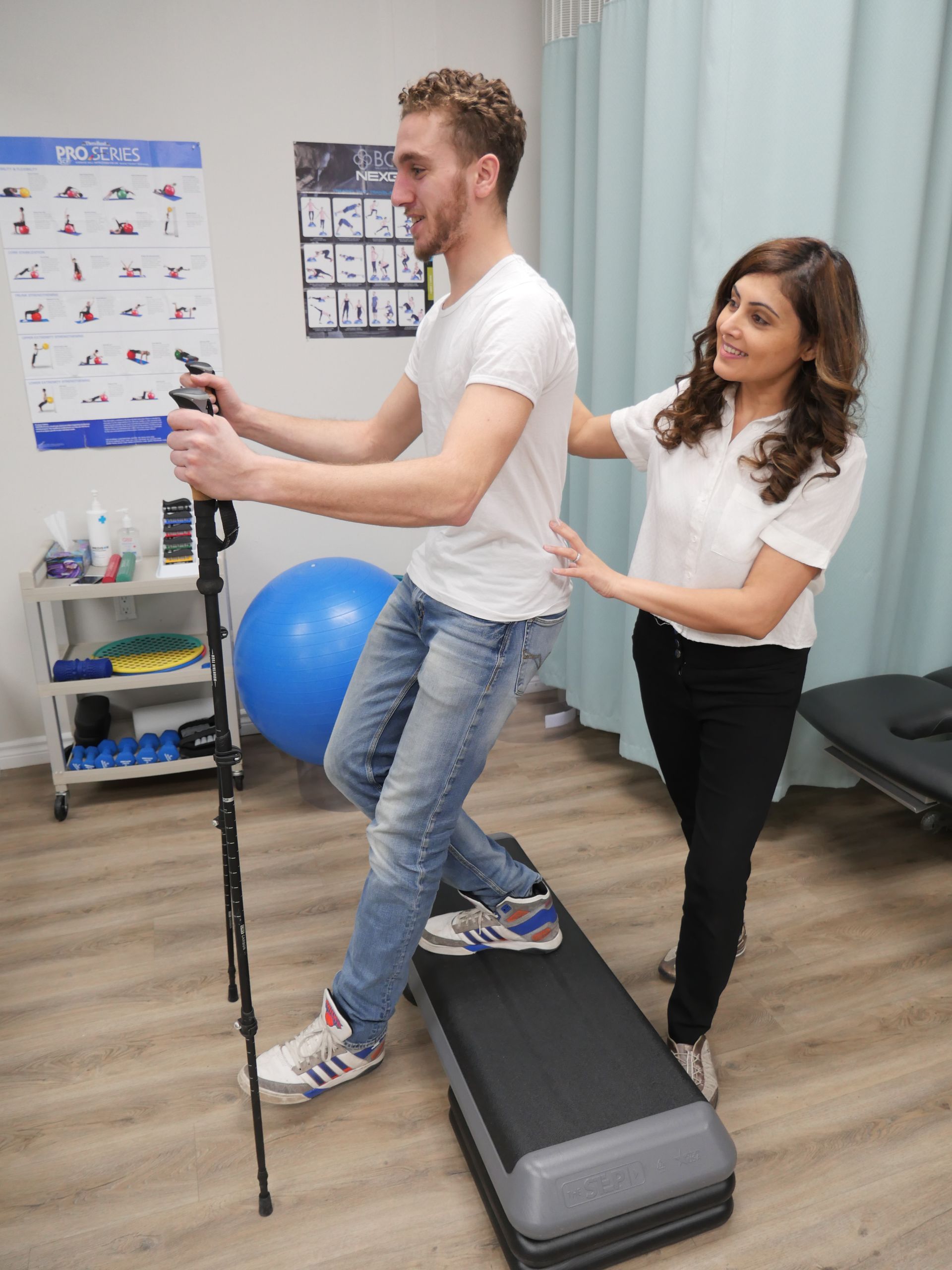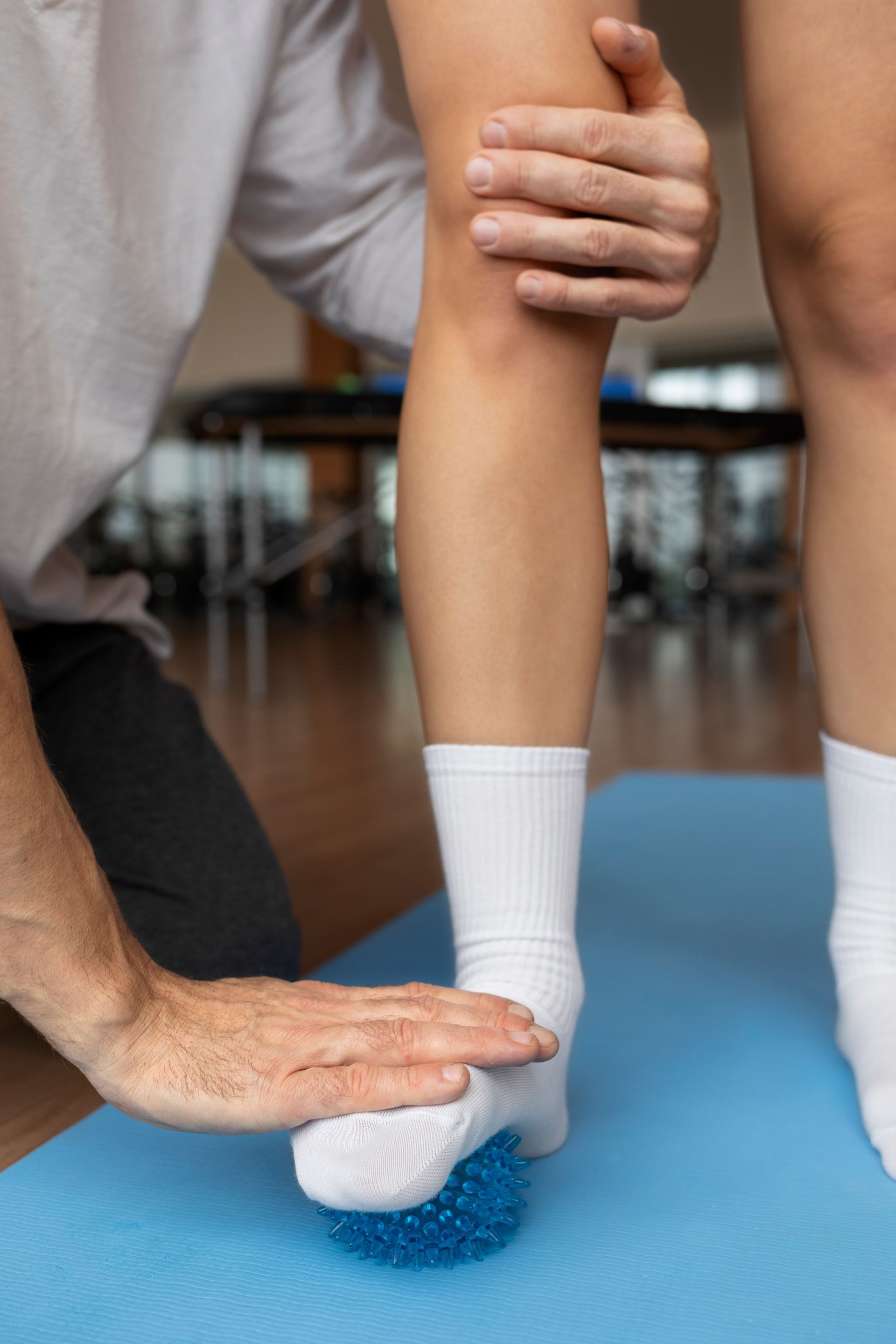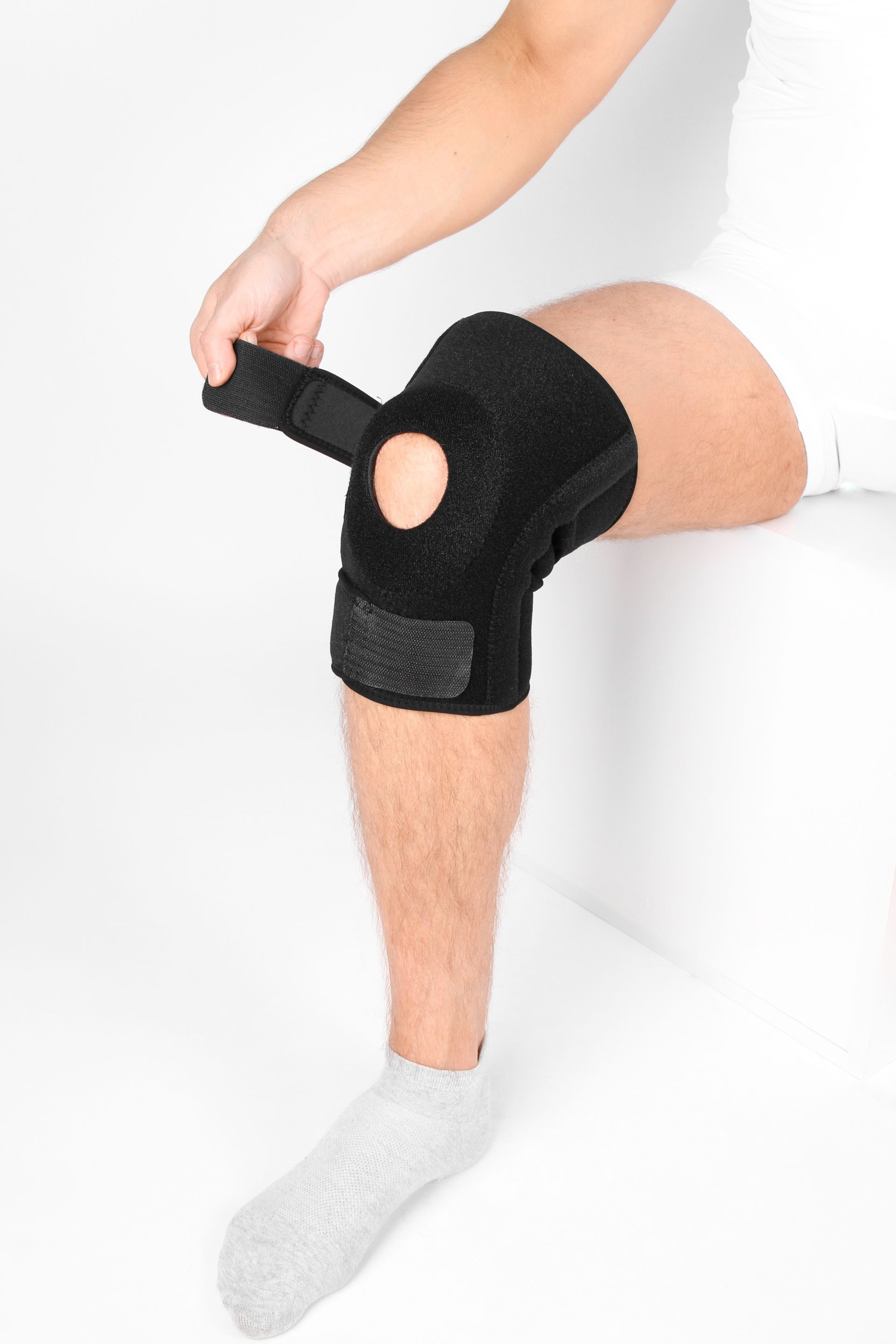Endometriosis Uncovered: Finding Relief with Pelvic Floor Physio
Understanding Endometriosis and How Pelvic Floor Physiotherapy Can Help

Endometriosis is a chronic condition affecting millions of individuals worldwide, yet it often goes undiagnosed or misunderstood. This condition occurs when tissue similar to the uterine lining grows outside the uterus, leading to inflammation, scarring, and adhesions. Endometriosis can severely impact quality of life, but pelvic floor physiotherapy offers an effective, non-invasive option for managing symptoms and improving well-being.
What Is Endometriosis?
Endometriosis affects approximately 1 in 10 individuals assigned female at birth, usually during their reproductive years (ages 15–49). While the exact cause is unknown, potential risk factors include:
- Family history of endometriosis.
- Early onset of menstruation or shorter menstrual cycles.
- Higher levels of estrogen or hormonal imbalances.
The misplaced tissue reacts to hormonal changes, causing inflammation and pain during the menstrual cycle. Common areas affected include the ovaries, fallopian tubes, and pelvic lining.
Symptoms of Endometriosis
Symptoms vary widely, but common signs include:
- Chronic pelvic pain, especially during menstruation or sexual activity.
- Heavy or irregular periods.
- Pain during bowel movements or urination.
- Fatigue, bloating, and digestive issues.
In some cases, endometriosis is linked to infertility, further highlighting the need for early diagnosis and treatment.
Common Treatments for Endometriosis
Endometriosis treatment typically focuses on managing symptoms and improving quality of life. Common approaches include:
- Pain Management: Over-the-counter pain relievers, such as ibuprofen, are often the first line of treatment.
- Hormonal Therapies: Birth control pills, hormonal IUDs, or other medications can help regulate or suppress the hormonal cycles that exacerbate endometriosis symptoms.
- Surgery: In more severe cases, laparoscopic surgery may be performed to remove endometrial-like tissue and adhesions. While effective, surgery doesn’t always prevent recurrence.
- Lifestyle Changes: Dietary adjustments, stress management, and physical activity can also help manage symptoms.
While these treatments can help, many individuals benefit from complementary approaches, such as pelvic floor physiotherapy, to address persistent symptoms and improve long-term outcomes.
How Pelvic Floor Physiotherapy Can Help
Pelvic floor physiotherapy focuses on the muscles, tissues, and nerves in the pelvic region. Our pelvic floor physiotherapist at Delta Physiotherapy and Rehab works with patients to address pain and improve function through:
- Manual Therapy: Gentle internal and external techniques to release tension, reduce scar tissue adhesions, and promote healing.
- Breathing and Relaxation Exercises: Helping regulate the nervous system and alleviate chronic pain.
- Postural Education: Correcting alignment to reduce pelvic strain.
- Tailored Exercises: Strengthening and relaxing the pelvic floor muscles to enhance support and reduce pain.
Empowering Your Health
Endometriosis can feel overwhelming, but you don’t have to navigate it alone. Pelvic floor physiotherapy offers a personalized, evidence-based approach to managing symptoms and improving your quality of life.
If you or a loved one are experiencing symptoms of endometriosis, reach out to our team at Delta Physiotherapy and Rehab. Together, we can create a plan to help you feel more in control of your body and your health.
Let’s take the first step toward relief today. 💛 Book a free 15 minute consultation with us today at Delta Physiotherapy & Rehab at either of our convenient locations in Central Parkway or Dundas, Mississauga, and we will get you started on your healing journey!










